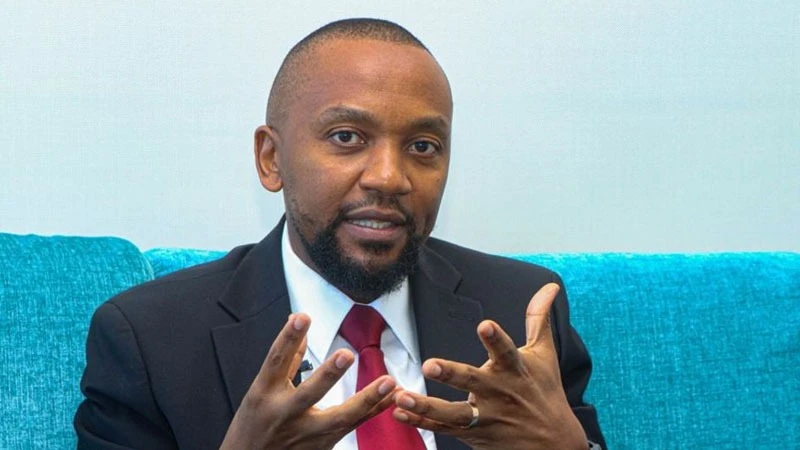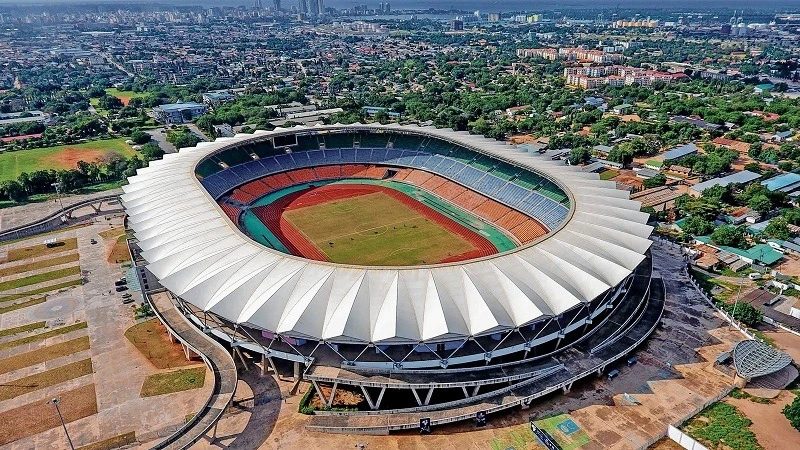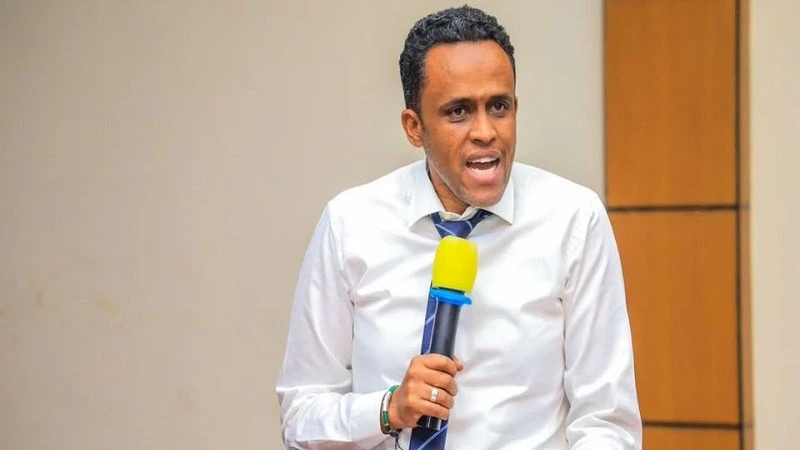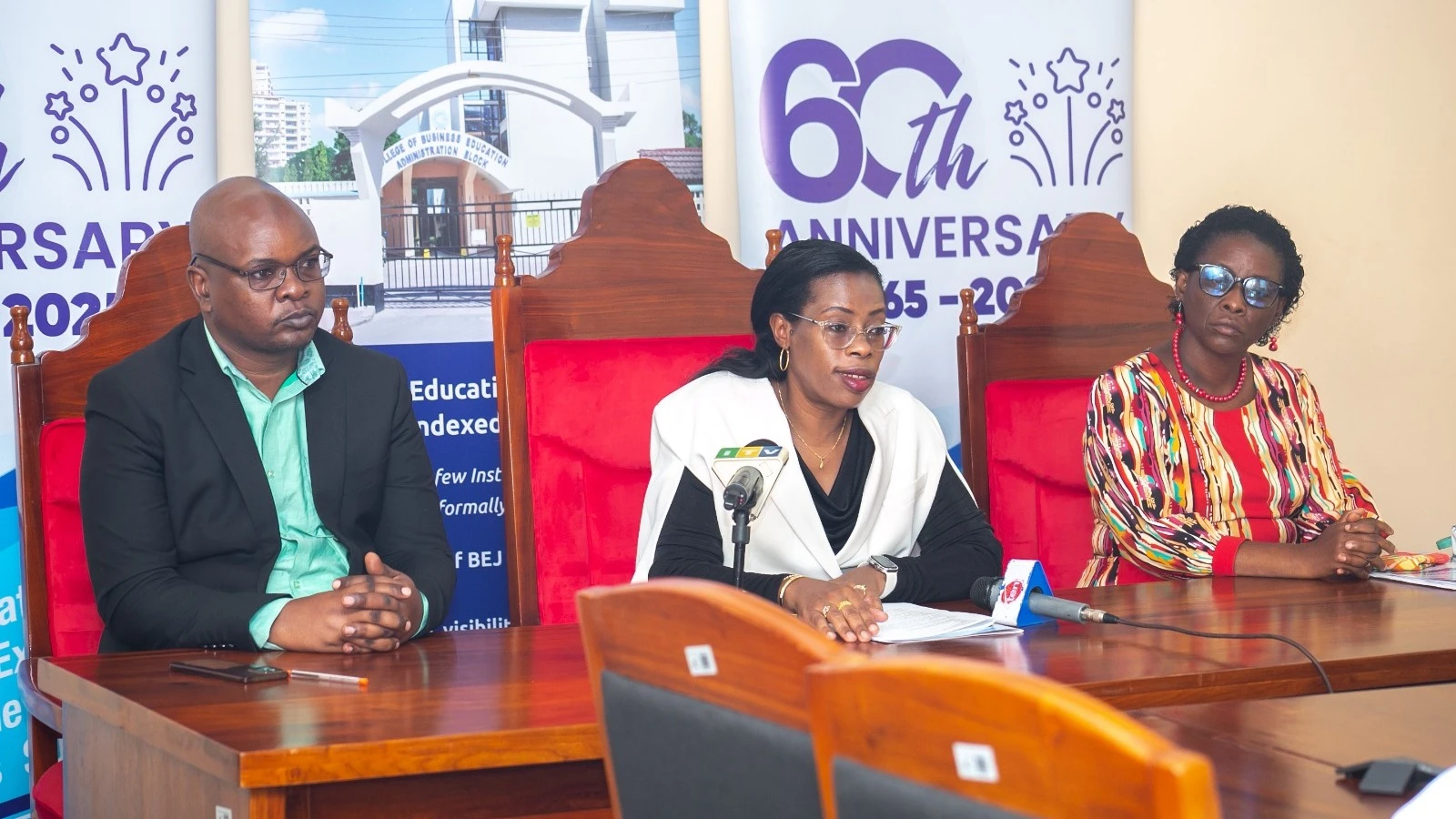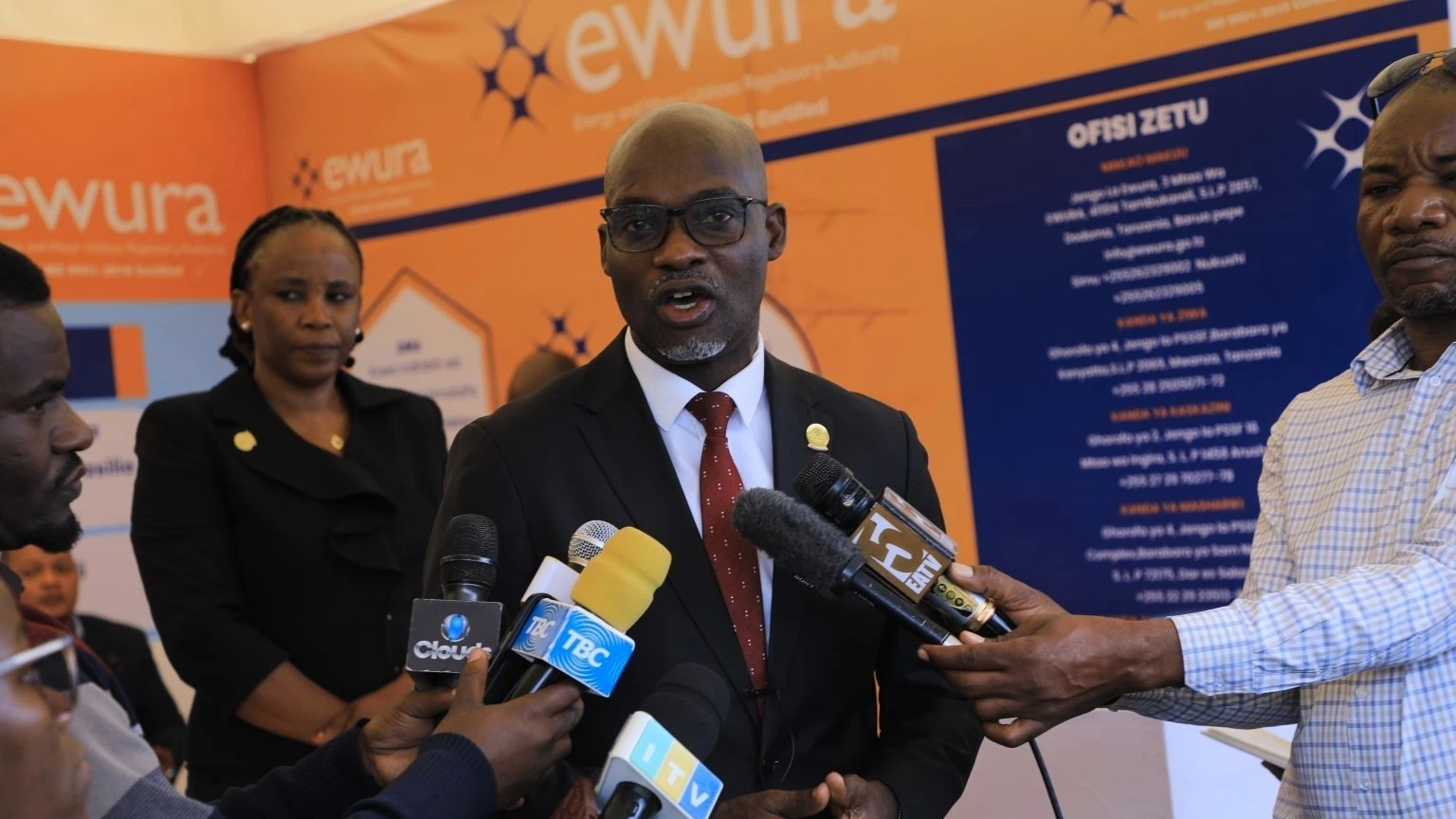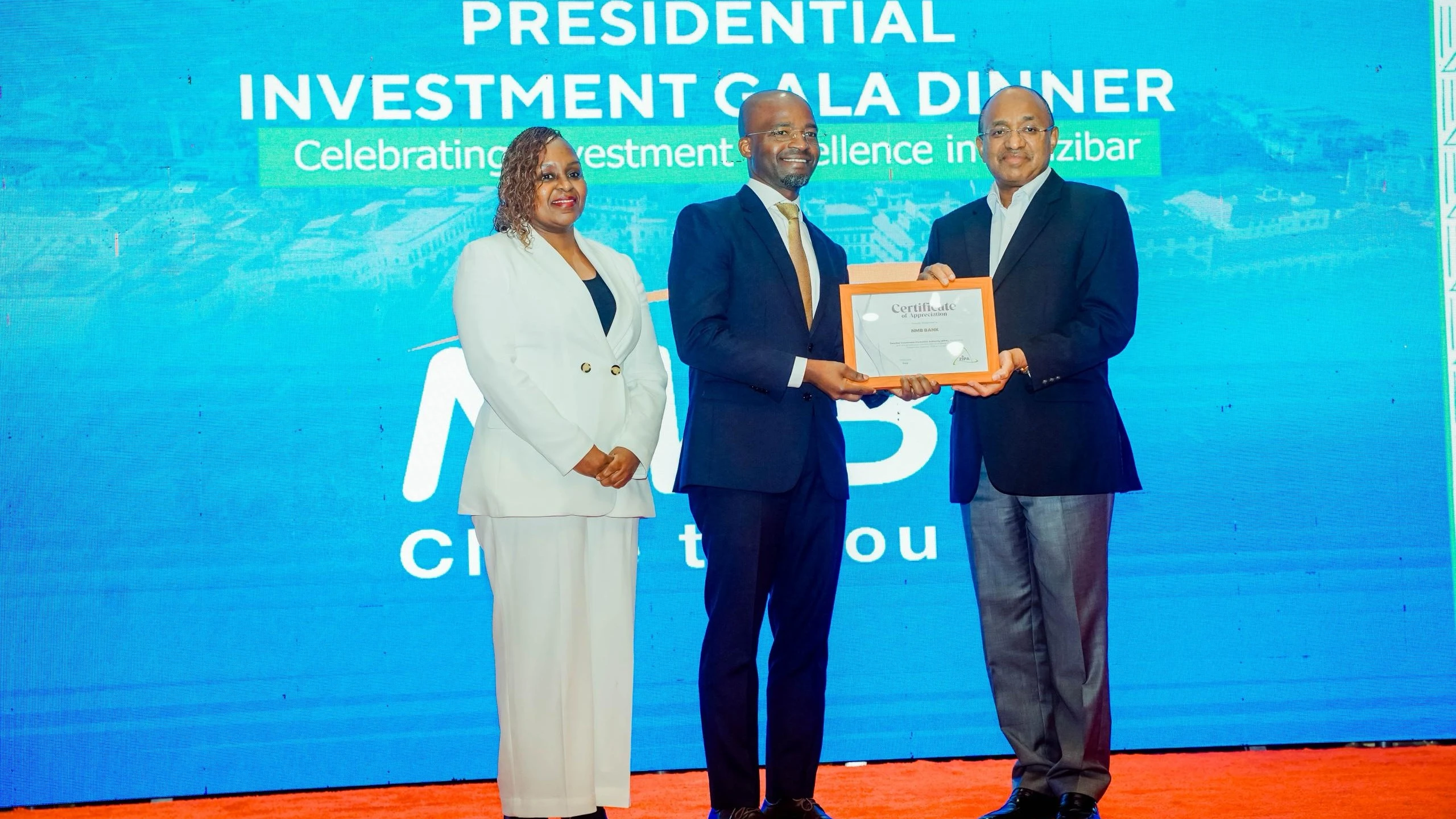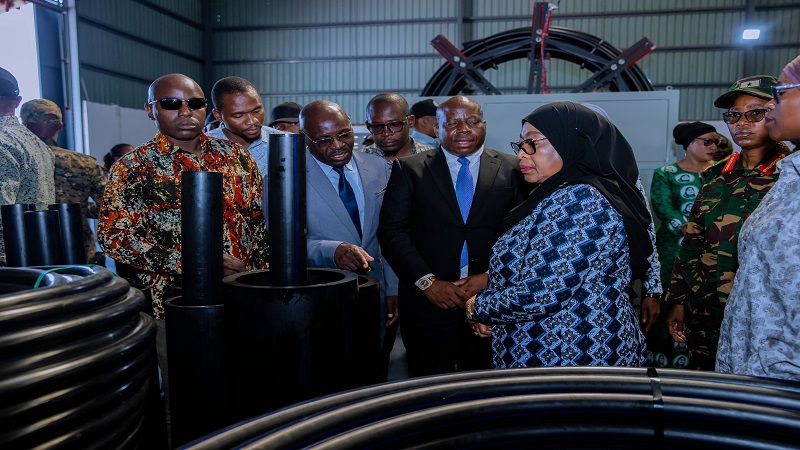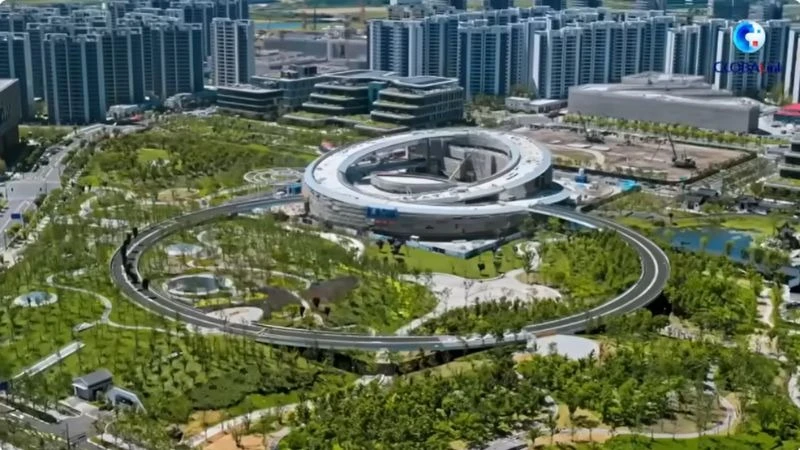Dar’s mobility revolution: The vital role of Public-Private Partnerships
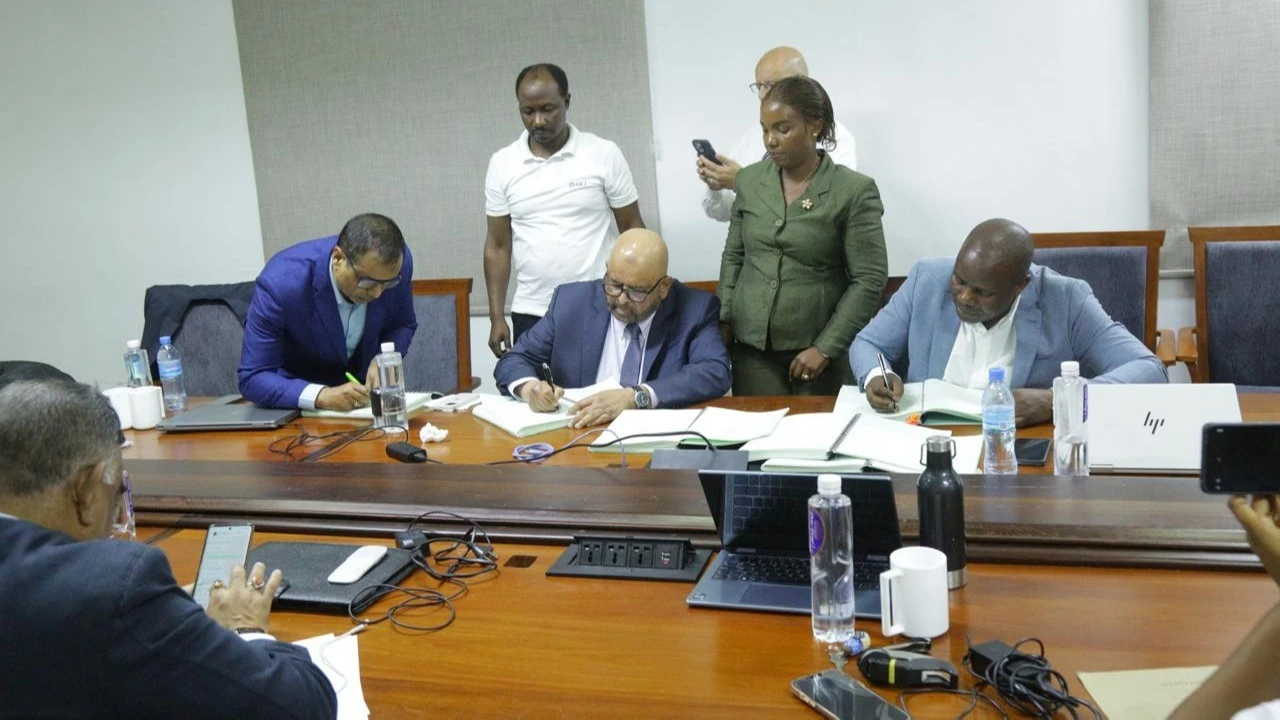
Dar es Salaam, Tanzania's bustling commercial capital, stands at a critical juncture. Its rapid urbanization, a testament to its economic vibrancy, simultaneously presents formidable challenges, particularly in the realm of urban mobility.
As of 2025, the metro area population of Dar es Salaam is estimated by Macrotrends to be more than 7 million, a staggering growth. This follows the 2022 census data by the National Bureau of Statistics (NBS) which recorded Tanzania's total population at 61.7 million, with a significant portion residing in urban centers.
Projections indicate this growth will continue, reaching an estimated 13.9 million by 2035, placing immense pressure on existing infrastructure.
The city's ability to sustain its economic momentum and improve the quality of life for its citizens hinges on its capacity to develop and implement efficient, reliable, and sustainable transportation solutions. It is in this context that Public-Private Partnerships (PPPs) are not merely an option, but a vital necessity for Dar es Salaam's future.
The recent 12-year contract signed between Dar es Salaam Rapid Transit (DART) and Emirates National Group (ENG) to operate the Bus Rapid Transit (BRT) system is a shining example of this realization. This agreement, which will see ENG bring in 177 buses, is a pivotal moment, breathing new life into the city's transit aspirations.
It underscores the government's commitment to leveraging private sector expertise and capital to tackle complex public service delivery challenges, aligning perfectly with the aspirations of Tanzania Development Vision 2025.
Tanzania Development Vision 2025, a blueprint for national progress, explicitly emphasizes the development of a strong and competitive economy, underpinned by modern and efficient transport and communication infrastructure. It envisions a nation with a high quality of livelihood, achieved through sustainable development. For Dar es Salaam, this vision translates into overcoming the daily gridlock that chokes its roads, drains productivity, and diminishes the well-being of its residents.
The World Bank, a key partner in this journey, has consistently highlighted the economic cost of Dar es Salaam's traffic congestion, estimating that residents previously spent approximately 34 percent of their average monthly incomes on transportation, limiting resources for productive work.
The World Bank's substantial financial support for the BRT system, including credits from the International Development Association (IDA), further underscores the global recognition of the transformative power of such projects.
The Crucial Role of PPPs in Urban Mobility
Why are PPPs so critical for urban mobility in a rapidly growing city like Dar es Salaam? The answer lies in the inherent advantages they offer, as eloquently articulated by David Kafulila, the Executive Director of Tanzania's Public-Private Partnership Centre (PPPC).
Kafulila, a staunch advocate for PPPs as a mechanism to reduce Tanzania's reliance on borrowing for development and unlock its economic potential, highlights several key benefits:
Firstly, access to capital and shared financial burden. As Kafulila often stresses, public infrastructure projects, especially those of the scale required to address Dar es Salaam's mobility needs, demand enormous financial investment.
PPPs enable the distribution of these financial burdens, with the private sector bringing in crucial capital, often from diverse sources like banks and investors.
This significantly reduces the strain on public finances, allowing the government to pursue critical projects that might otherwise be financially unfeasible. "Increasing capital through coordinated public-private partnerships enhances tax capacity, as these projects generate revenue," Kafulila explained.
"They also reduce expenditures that would otherwise fall solely on the government." The DART-ENG agreement is a clear manifestation of this, allowing for the procurement of a substantial fleet of buses without solely relying on the public purse.
Secondly, enhanced efficiency and expertise. Private companies often possess specialized technical expertise, advanced project management capabilities, and a strong incentive for efficiency and innovation that may not always be readily available within the public sector.
The rigorous selection process, where 40 companies competed and ENG emerged as the top bidder, signifies the government's commitment to securing the best possible partner.
Kafulila has consistently championed greater private sector involvement in public infrastructure, highlighting the advantages of modern technology, efficiency, and faster project delivery.
He has also emphasized that PPPs can be a channel for attracting new technology and improving efficiency, particularly in public sector management, noting that "research shows that the private sector tends to have more efficient management compared to the public sector, perhaps due to its very nature."
In the case of the BRT, ENG's experience in transport operations is expected to streamline services and elevate the overall passenger experience.
Thirdly, risk sharing and mitigation. Large-scale infrastructure projects are inherently risky, susceptible to construction delays, cost overruns, and operational challenges. PPPs allow for a more equitable distribution of these risks between the public and private partners.
The private sector, with its experience in risk assessment and mitigation strategies, has a vested interest in successful project completion, as its profitability is often tied to performance indicators. This incentivizes proactive risk management, ultimately safeguarding the public interest.
It is clear that while private investors contribute capital and operate services, the government retains ownership throughout the project lifecycle. "A partnership is like a marriage. The government brings in the private sector to invest, operate and transfer. It is not a sale," he stated.
Fourthly, innovation and technology transfer. Private sector partners are often at the forefront of technological advancements and innovative solutions. Through PPPs, governments can gain access to cutting-edge technologies, such as smart sensors for traffic management or more eco-friendly bus technologies, which can significantly enhance the efficiency and sustainability of urban transport systems.
This transfer of knowledge and technology contributes to building local capacity and modernizing the transport sector, preparing Dar es Salaam for the demands of a future where its population could reach 140 million by 2050, as envisioned by Deputy Minister in the President's Office (Planning and Investment), Stanslaus Nyongo.
Finally, improved service delivery and economic stimulus. The ultimate goal of enhanced urban mobility is to improve the quality of life for citizens and stimulate economic growth. A well-functioning public transport system reduces commuting times, increases accessibility to jobs, education, and healthcare, and lowers transportation costs for individuals. This, in turn, boosts productivity, creates new business opportunities around transport hubs, and attracts further investment.
The success of the DART-ENG partnership will not only transform Dar es Salaam's urban landscape but also serve as a beacon for other African cities grappling with similar challenges of rapid urbanization and inadequate infrastructure.
Top Headlines
© 2025 IPPMEDIA.COM. ALL RIGHTS RESERVED






